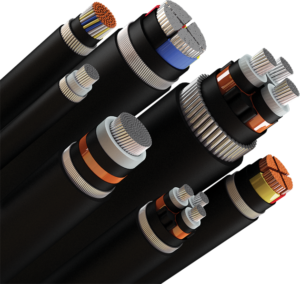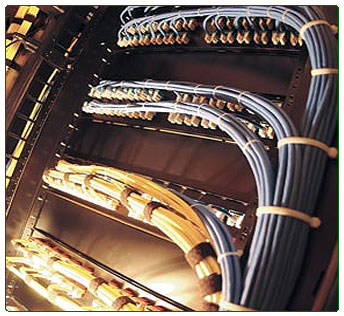Trunking is a technique used in data communications transmission systems to provide many users with access to a network by sharing multiple lines or frequencies. As the name implies, the system is like a tree with one trunk and many branches. Trunking is commonly used in very-high-frequency (VHF) radio and telecommunication systems.
Trunking can also be defined as a network that handles multiple signals simultaneously. The data transmitted through trunking can be audio, video, controlling signals or images. Telecommunication networks all across the globe are based on trunking. Trunking reduces the size of a telecom network and increases bandwidth. VHF radio used by police and control centers is also based on trunking.
There has been a rapid development in data communications over the past few years, including the creation of the concept of trunking. Users share connections with each other where trunking is applied so the connections are less dense and more understandable. Trunking uses communication media in parallel with increased bandwidth and communication speed.


